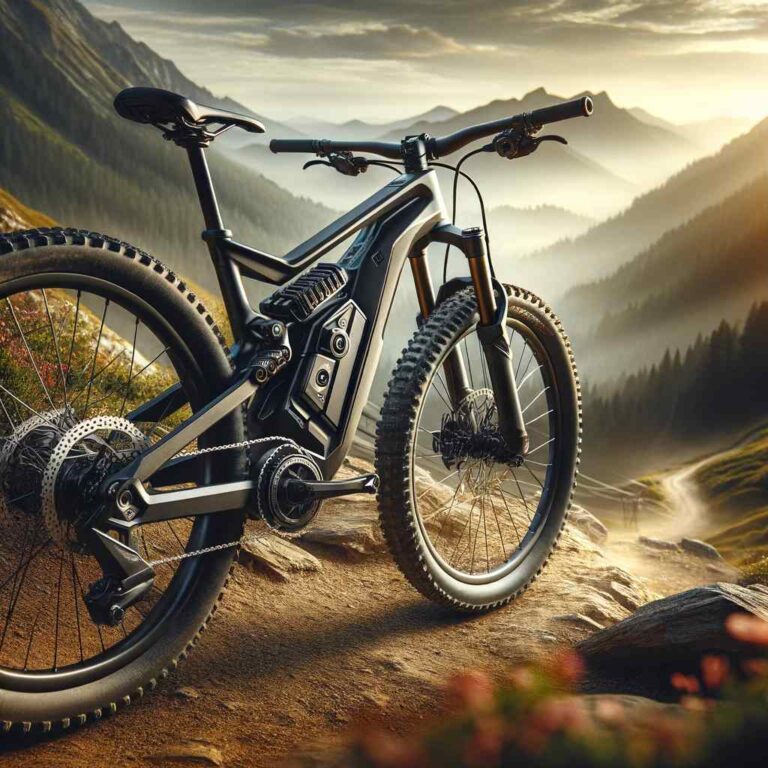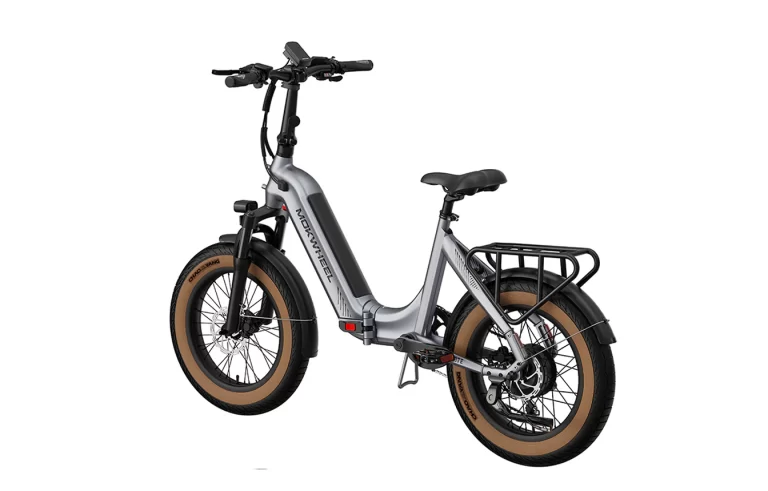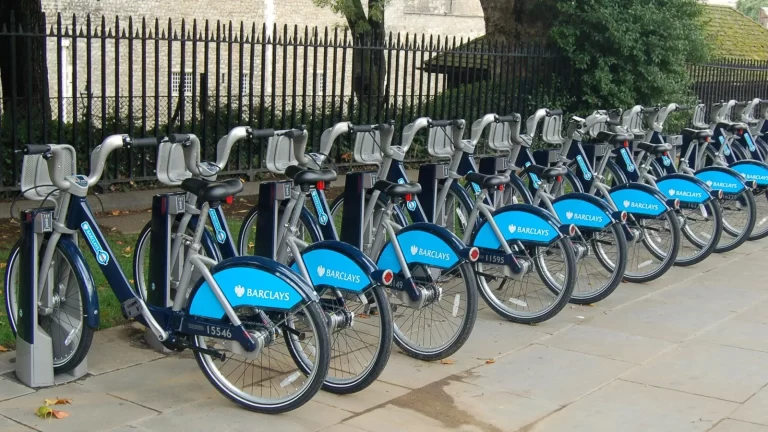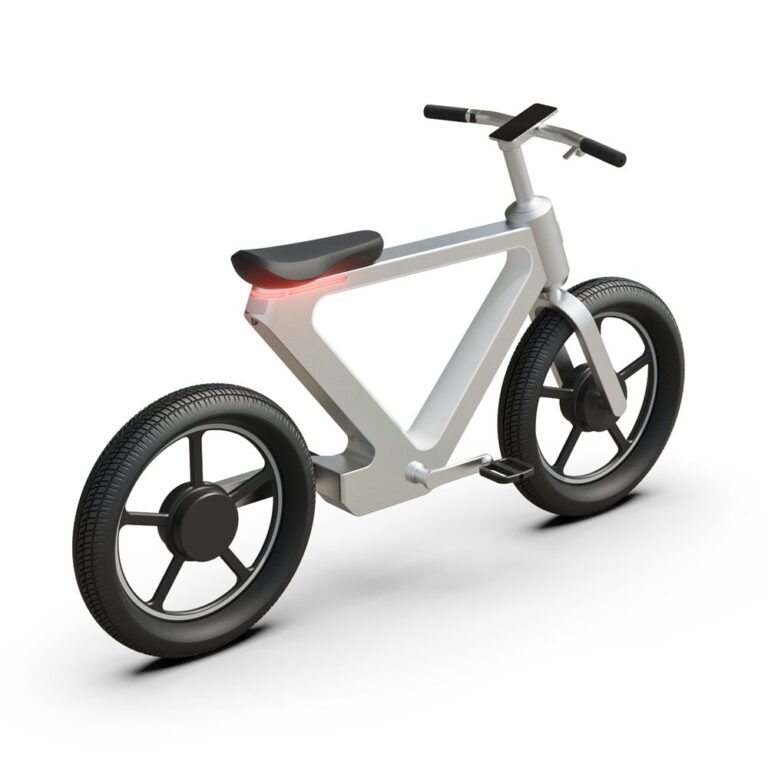Troubleshooting Power Connection Problems in Your Electric Bike Kit
Electric bikes (e-bikes) have become increasingly popular, offering an eco-friendly and convenient way to commute or explore. However, even the most reliable e-bike can experience occasional glitches. One common issue that can leave you stranded is a problem with the electrical connections between the battery and the various components that power your ride.
This informative guide will equip you with the knowledge to troubleshoot these power connection problems. By following these steps, you can often diagnose the issue yourself and get your e-bike back up and running quickly. We’ll explore common symptoms, potential causes, and provide solutions you can implement at home. Remember, for more complex repairs, seeking assistance from a qualified technician is always an option.
Key Takeaways
- Loose Connections are a Common Culprit: Many electrical connection problems in e-bikes stem from loose or corroded connections between the battery, controller, motor, and other electrical components. Regularly inspect and tighten these connections for optimal performance.
- Battery Blues? Investigate the Source: A dead battery, failing battery, or malfunctioning charger can all lead to electrical connection issues. Keep your battery charged using the designated charger and monitor its health over time.
- The Mighty Fuse: Many e-bikes have a fuse that acts as a safety net against electrical surges. If your e-bike experiences a sudden loss of power, check the fuse for potential issues. Remember, only replace a blown fuse with one with the exact amperage rating.
- Your Manual is Your Ally: Don’t underestimate the power of your e-bike’s manual. The troubleshooting section can provide valuable insights specific to your e-bike model and help you diagnose the problem efficiently.
- Safety First: If you’re uncomfortable working with electrical components, seek help from a qualified e-bike technician. There’s no shame in prioritizing safety and ensuring a proper diagnosis and repair.
RELATED CONTENT
Common Power Connection Issues: Decoding the Electrical Hiccups in Your E-Bike
The complex network of electrical connections in your e-bike is responsible for delivering power from the battery to the motor, controller, and other components, ultimately propelling you forward. When these connections become compromised, it can manifest in a few key ways:
- The E-Bike Simply Won’t Turn On: This complete lack of response is often caused by a loose connection somewhere in the system. Imagine a loose power cord at home; it disrupts the flow of electricity. Similarly, a loose connection between the battery, controller, motor, or any other electrical component can prevent the circuit from completing, leaving your e-bike powerless. Additionally, a dead battery or a blown fuse can also mimic this symptom.
- Erratic Power Delivery: This can be a confusing and frustrating experience. The motor might sputter or cut in and out unexpectedly. This erratic behavior often points to a faulty connection. A slightly loose connection can create intermittent contact, disrupting the smooth flow of electricity. In some cases, the issue might lie with the battery itself. Internal damage or a failing battery can cause fluctuations in voltage output, leading to the erratic power delivery.
- Battery Not Charging: This scenario can leave you stranded with a depleted battery and no way to get back on the road. The culprit could be a malfunctioning charger. Just like any electronic device, chargers can wear out or malfunction over time. Another possibility is a faulty battery. Internal damage within the battery can prevent it from accepting a charge. Finally, the problem might be with the charging port on the bike itself. Corrosion or debris in the port can hinder a proper connection with the charger.
Troubleshooting Tips: Taking Charge of Your E-Bike’s Electrical Connections
Now that you’ve gained insight into the common electrical connection woes plaguing your e-bike, let’s delve into some practical troubleshooting steps you can take to diagnose and potentially fix the issue yourself. Remember, safety is paramount when dealing with electrical components. If you’re uncomfortable with any of these steps, don’t hesitate to seek help from a qualified e-bike technician.
- Become a Connection Detective: Grab a flashlight and embark on a visual inspection of all the electrical connections in your e-bike. Focus on the areas where the battery connects to the controller, the controller connects to the motor, and any other power junctions along the way. Look for signs of loose wires, corrosion (a build-up of green or white crust), or any physical damage to the connectors themselves. A gentle wiggle test can also help identify loose connections. If you find any suspicious connections, consult your e-bike’s manual for specific instructions on how to tighten or secure them properly. Often, a simple fix like this can restore power to your e-bike.
- Investigate the Battery: The battery is the heart of your e-bike’s electrical system. Make sure it’s fully charged using the designated charger that came with your e-bike. Look for any physical damage to the battery casing or the connection points. If you have a multimeter, you can measure the voltage output of the battery. Refer to your e-bike’s manual for the expected voltage range. A significant deviation from this range might indicate a faulty battery. Remember, batteries have a lifespan, and if yours is old, it might be time for a replacement.
- The Fuse Box: A Silent Guardian: Many e-bike kits incorporate a fuse as a safety measure to protect the electrical system from surges. Locate the fuse box (refer to your manual for its placement) and visually inspect the fuse. A blown fuse will typically have a visible break in the filament. If the fuse is blown, replace it with one with the exact amperage rating specified in your manual. Never replace a blown fuse with one of a higher rating, as this could damage your e-bike’s electrical system.
- The Power of the Manual: Your e-bike’s manual is a valuable resource, and it shouldn’t be gathering dust on a shelf. The troubleshooting section often provides specific guidance for your e-bike model. Refer to the manual for potential solutions based on the symptoms you’re experiencing. It might also provide information on deciphering any error codes displayed on your e-bike’s panel, helping you pinpoint the problem more precisely.
By following these steps, you can often diagnose and fix common electrical connection problems in your e-bike. Remember, if the issue seems complex or you’re unsure about any step, don’t hesitate to consult a qualified e-bike technician. They have the expertise and tools to get your e-bike back in top shape and ensure your rides are smooth and worry-free.
FAQs
A: Absolutely. Water can corrode electrical connections, leading to loose or faulty connections. If your e-bike has been exposed to rain or ridden through puddles, it’s a good idea to thoroughly dry the electrical components and inspect the connections for signs of corrosion.
A: Safety first! If you’re unsure about any troubleshooting steps or feel uncomfortable working with electrical components, don’t hesitate to take your e-bike to a qualified e-bike technician. They have the expertise and tools to diagnose and fix the problem safely and efficiently.
A: Here are some preventative measures you can take:
Regular Maintenance: Regularly inspect the electrical connections on your e-bike for signs of wear or corrosion. Tighten any loose connections and clean any corrosion with a non-abrasive cleaner.
Keep it Clean: Avoid exposing your e-bike to excessive dirt, dust, or moisture. After rides, especially in wet conditions, wipe down the electrical components with a dry cloth.
Proper Storage: When storing your e-bike for extended periods, partially charge the battery and store it in a cool, dry place.
A: Many local bike shops have technicians who are familiar with servicing e-bikes. You can also search online for e-bike repair shops in your area.
Conclusion:
E-bikes are fantastic companions for eco-friendly commutes and leisurely rides. However, encountering electrical connection problems can be a frustrating experience. By understanding the common issues, familiarizing yourself with troubleshooting steps, and prioritizing safety, you can often get your e-bike back up and running. Remember, this guide provides a general framework, and for complex repairs, consulting a qualified e-bike technician is always recommended.
Keep the Ride Rolling:
Equipped with this knowledge, are you ready to tackle those electrical connection jitters? Grab your flashlight and get started on the troubleshooting steps. If you have any questions or success stories to share, leave a comment below!
External Sources:
While this blog post equips you with valuable information, here are some external sources you might find helpful:
- Electric Bike Forums is a great online community for e-bike enthusiasts to connect, share knowledge, and troubleshoot problems.
Disclaimer:
The information provided on this blog is for informational purposes only and should not be construed as professional advice. Always consult your e-bike’s manual or a qualified technician before attempting any repairs, especially those involving electrical components.
Kristina Grant is not just an enthusiast but a true authority on electric bikes. Nestled in the coastal beauty of Virginia, Kristina has found the perfect backdrop for her passion for electric biking. As a dedicated wife and homeschooling mom, her life revolves around family, faith, and the thrill of adventure.
Originally hailing from Ohio, Kristina's journey with electric bikes began as a curiosity and quickly evolved into a deep expertise. Her blog is a testament to her love for electric biking, combining her fascination for eco-friendly transportation with her coastal lifestyle.
When she's not cruising the beach on her electric bike, you'll find Kristina indulging in her other loves: long walks along the shore, getting lost in a good book, and cherishing moments with her loved ones. With a heart as big as her love for animals, especially cats, Kristina brings a unique perspective to the electric bike world, grounded in her strong faith in God and her dedication to a sustainable lifestyle.
Through her blog, Kristina shares her extensive knowledge of electric bikes, offering valuable insights, tips, and recommendations to fellow enthusiasts. Whether you're a seasoned rider or a newcomer to the electric bike scene, Kristina's blog is your go-to source for all things electric biking, fueled by her passion, expertise, and the scenic beauty of coastal Virginia.







